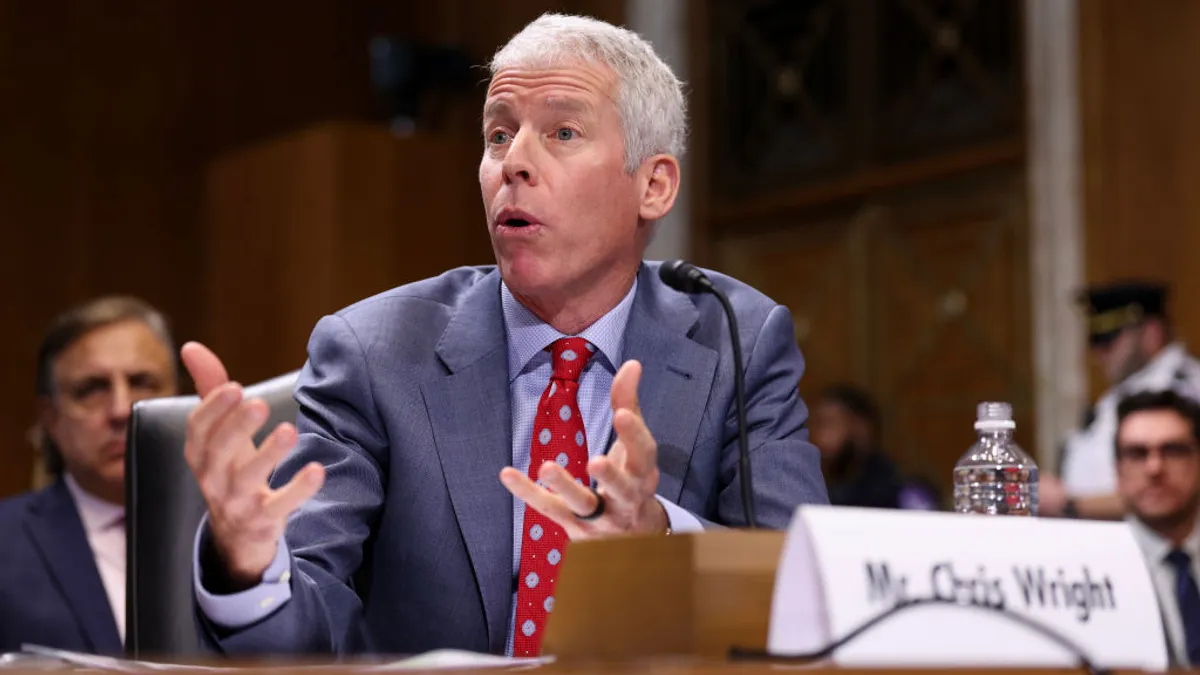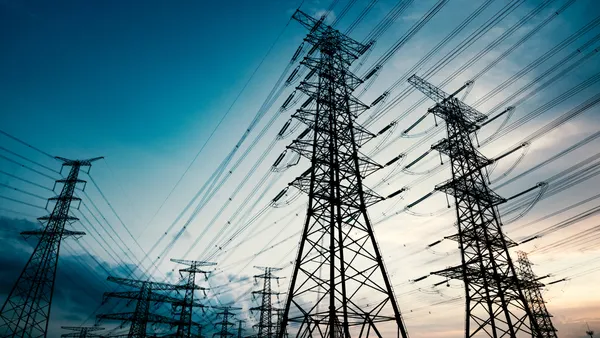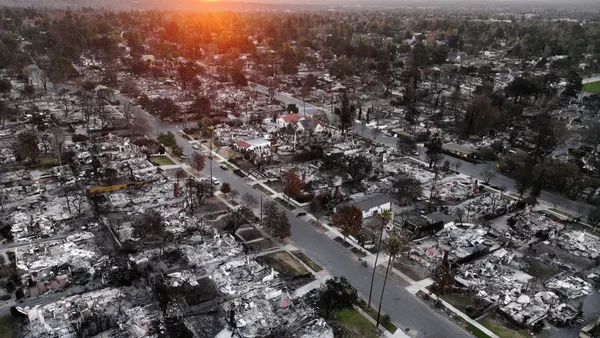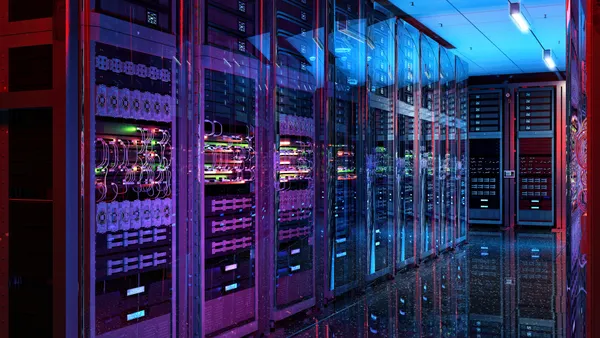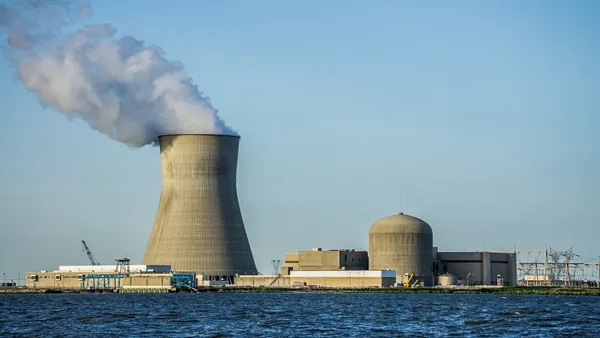The energy industry has undergone a true evolution over the past decade. Customers expect more, and utilities are now placing an emphasis on engaging with consumers, providing value-added products and services, and becoming “trusted advisors” on all things energy.
A consumer survey by the Smart Energy Consumer Collaborative (SECC) demonstrates that 40% of U.S. residential energy customers are “selectively engaged” with their electricity providers. While this study was specifically focused on energy efficiency programs, the bigger picture for utilities is that considerable upside potential exists to increase and deepen engagement with a significant portion of customers.
But customer engagement can be tricky. Messages and outreach methods have varying levels of impact on different types of consumers depending on a myriad of demographic and situational factors. Is the consumer receptive to digital communications or do they prefer direct mail? Did the customer recently have a problem that makes him more interested in hearing about a solution? Is the customer interested in environmental issues or does she care more about lowering her bill?
The SECC report concluded, “As other industries shift to a relationship model of engaging consumers over a lifetime, our industry must also make this shift: seeing the consumer as a person; providing service that is tailored to the context of the consumer's needs and values; personalizing the service; and knowing the consumer well enough to know where the consumer is now and where they want to go.” A Utility Dive article about engaging this 'selectively engaged' 40% came to a similar conclusion, that utilities must personalize messaging, provide useful information and deliver customer benefits.
There are four focus areas, or “pillars” to consider to increase customer engagement.
-
Technology
As Millennials are making up a greater percentage of the utility customer base each year, a study examined what this group valued in terms of utility engagement and services and found that they value digital experiences and easy-to-access information, as well as environment-friendly products/services and saving money. Millennials, when compared with older generations, tend to want a more active relationship with their energy providers and prefer organizations that are customer-centric and offer intuitive digital experiences.
-
Big data
According to Tom Martin, Managing Director of Product Management, Energy & Utilities, TROVE Predictive Data Science, the use of data for targeted utility customer engagement is poised for widespread adoption by utilities because they are now recognizing that: big data enables much more granular and dynamic customer segmentation approaches that are much more effective than classifying customers with static personas; they can utilize their vast amounts of customer data to model which products will have the best adoption and target customers most likely to adopt them; and increased customer satisfaction and adoption rates result from creating customized offerings that can be presented in a coordinated and simplified fashion.
-
Communications
Communications has been identified by the most recent JD Power Residential Electric Utility Customer Satisfaction Study as an important driver of increased customer satisfaction for a seventh consecutive year. Communications, primarily delivered through digital channels, such as email, text message or social media, are increasingly focused on topics such as efficiency and renewables, which are of interest to more and more customers.
Accenture research shows that customers expect a high level of choice in how they interact, including self-service options, and communications must be highly personalized based on the customer's unique situation, including location and smart meter usage data.
-
Partnership
As a utility's core business of delivering power and maintaining infrastructure requires vast resources, partnerships with third-party providers are enabling utilities to offer value-added services and new products to help strengthen customer relationships. Many studies have shown that energy customers feel empowered when offered information and choice – and when a utility offers customers programs or services in which they can choose to participate, their engagement and satisfaction increases. Value-added services can fall under three main categories: energy services, such as surge protection or energy storage; home services, such as home security systems and home repair plans; and information services such as energy reports and real-time usage data.
The prospect of deepening engagement with selectively engaged energy consumers is an exciting one for energy utilities. By utilizing a combination of engagement pillars and addressing individual needs and values, utilities can better serve their customers, strengthen those relationships and increase utility satisfaction.





